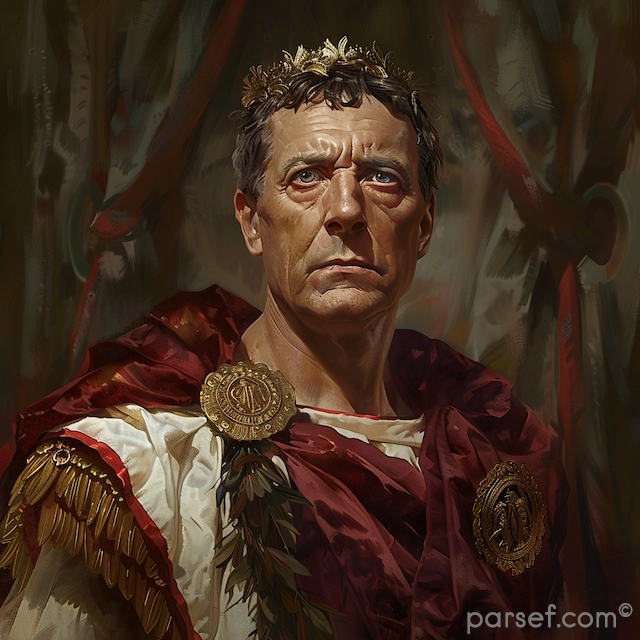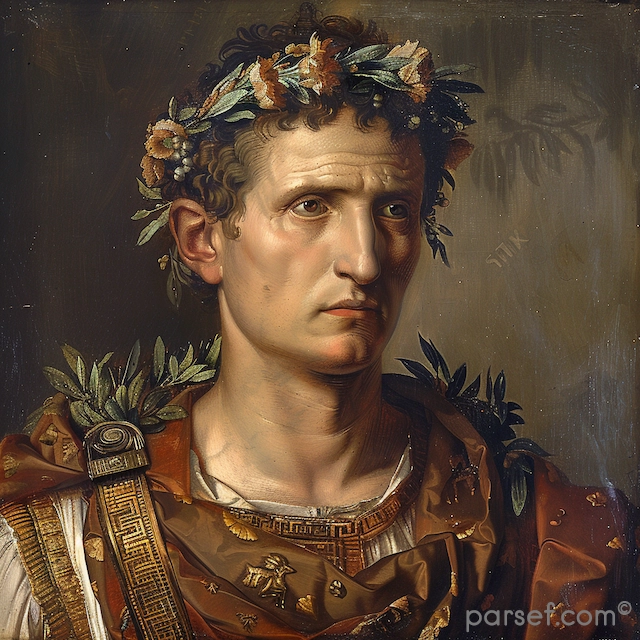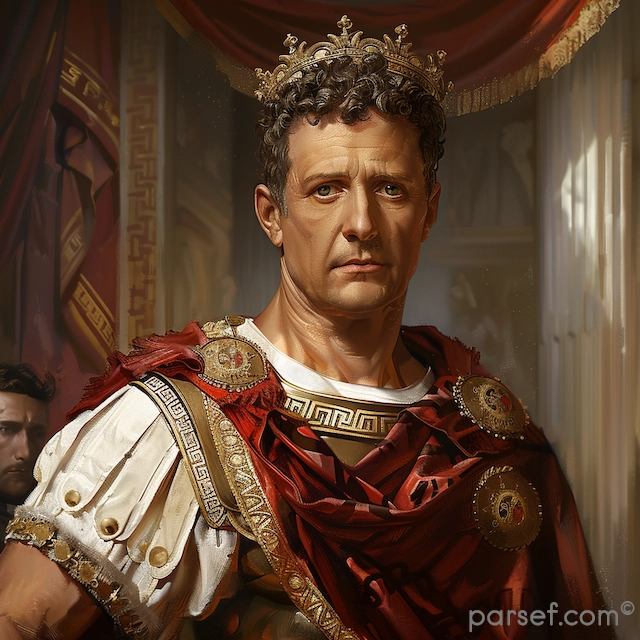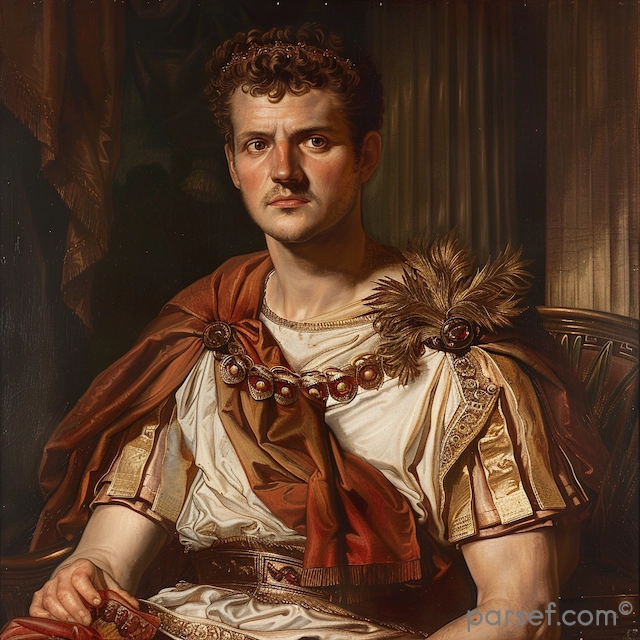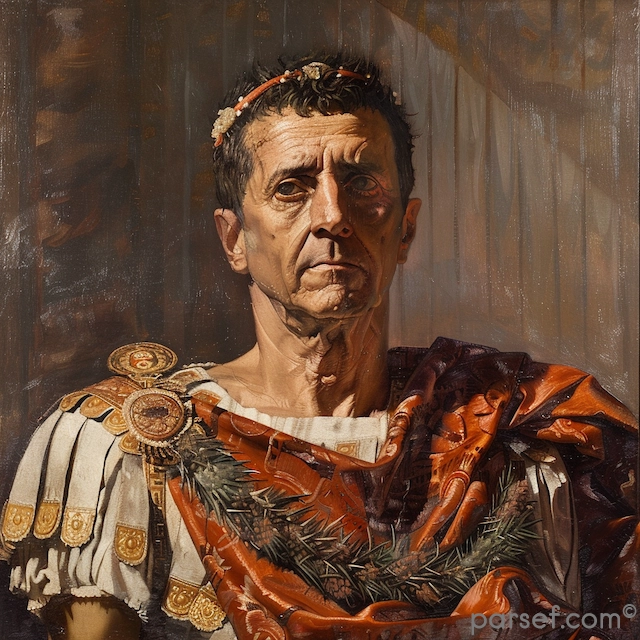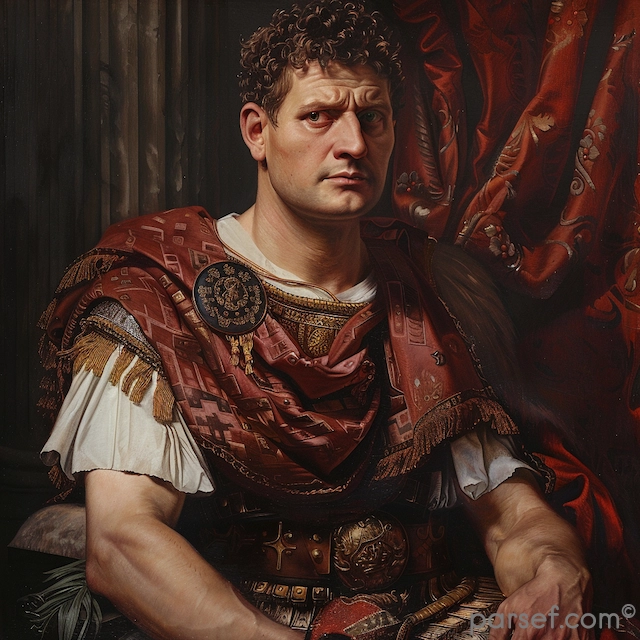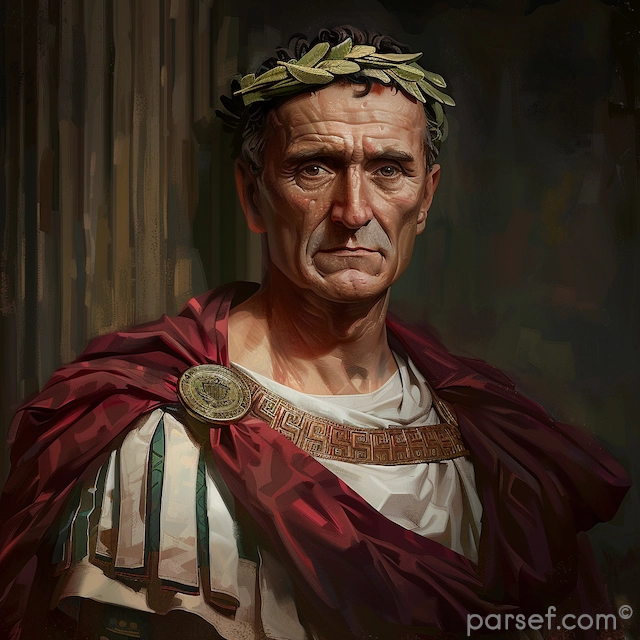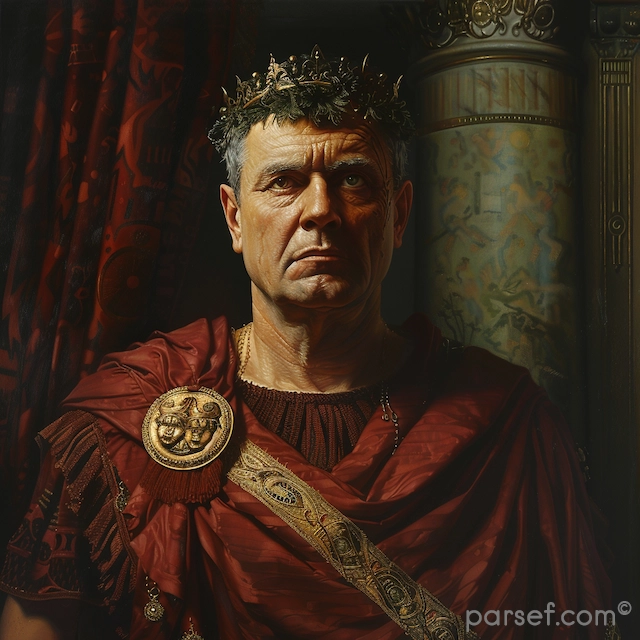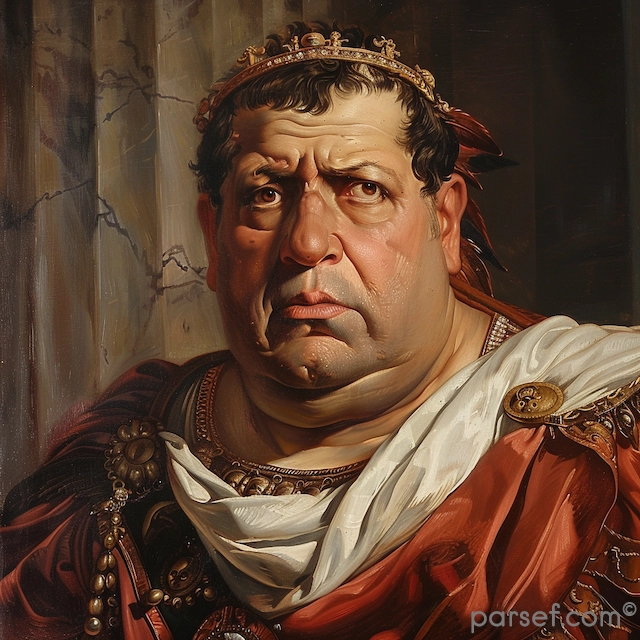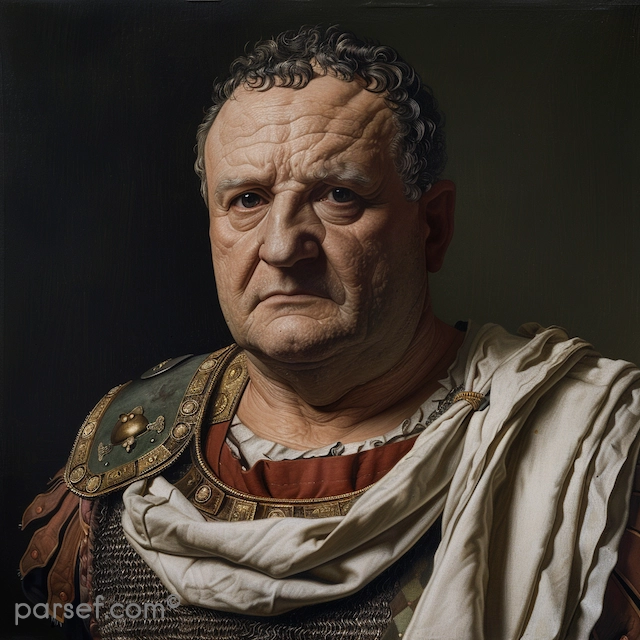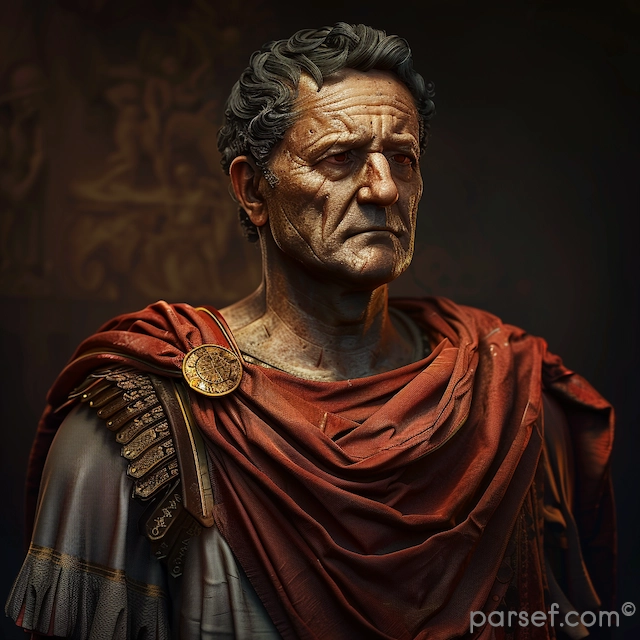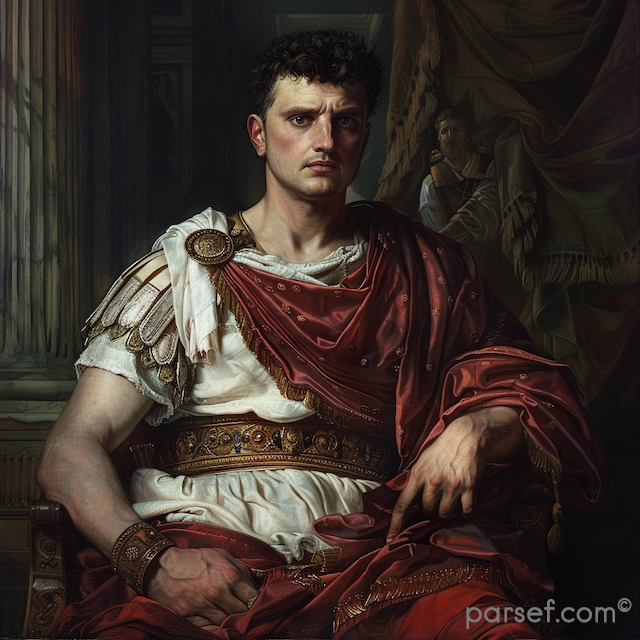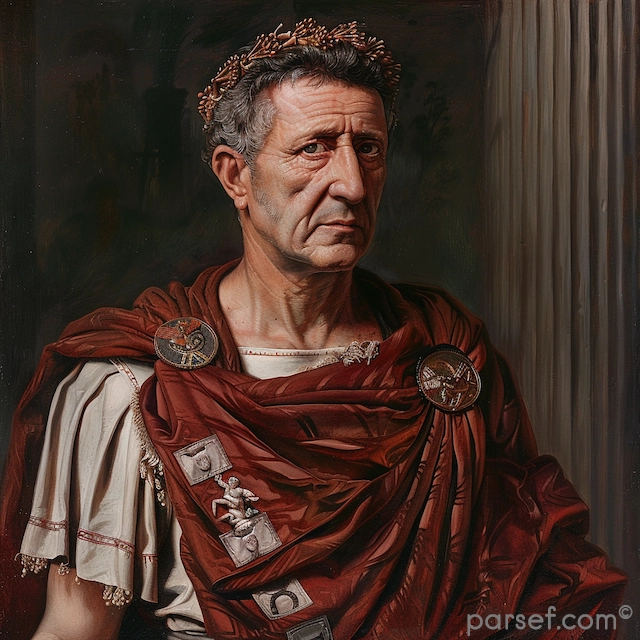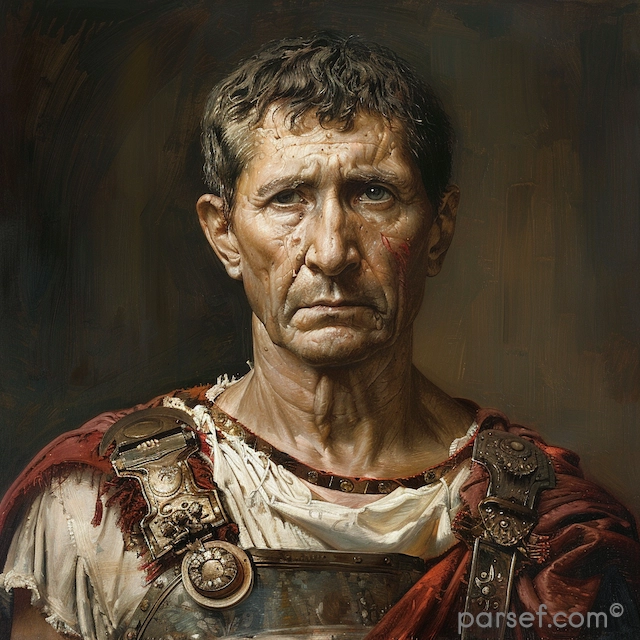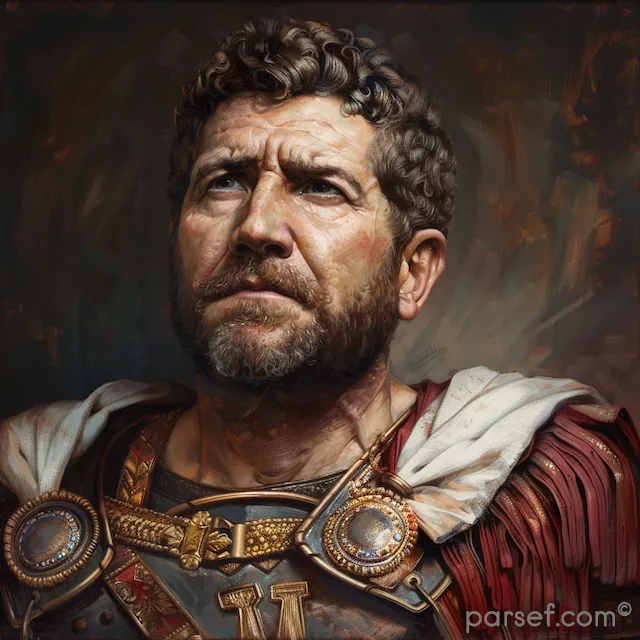Commodus: The Emperor Who Blurred the Lines Between Rome’s Greatest Ruler and Its Most Notorious Madman
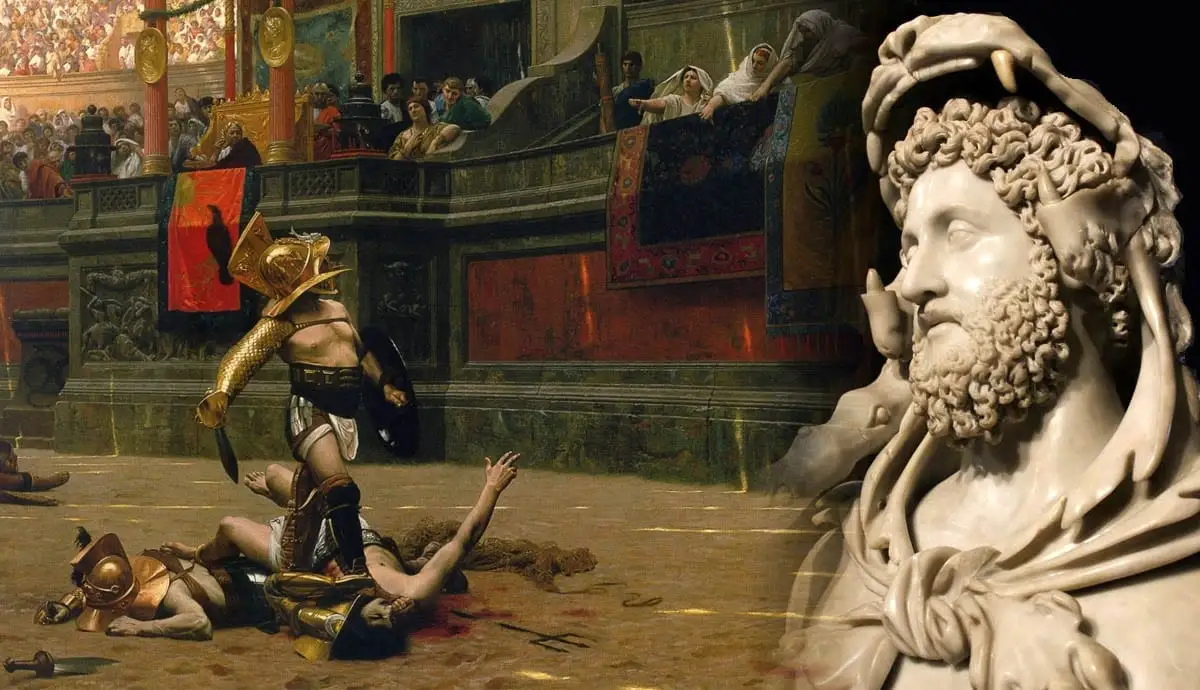
Commodus: a name that evokes both awe and abhorrence. Son of the legendary Marcus Aurelius, philosopher-emperor and author of the iconic Meditations, Commodus inherited a realm at the zenith of its power. Yet, his reign would irrevocably alter Rome's trajectory.
Was he a brilliant general, a cunning politician, or a megalomaniacal tyrant? History paints a complex portrait of a man who seemed to embody the best and worst of humanity.
On one hand, Commodus displayed early promise. He fought bravely alongside his father during the Marcomannic Wars, earning the title of Hercules Romanus. His early reign even witnessed some administrative successes. But this facade of competence quickly crumbled.
As power consumed him, Commodus descended into a world of delusions. He fancied himself a gladiator, battling wild animals and armed opponents in the arena. He demanded divine worship, adopting the titles of Hercules and Lord of the Universe. His paranoia led to mass executions of senators and courtiers.
Rome, once the mistress of the world, was plunged into chaos. The empire, once a beacon of law and order, was subjected to the whims of a madman.
But was Commodus entirely without redeeming qualities? Some historians argue that his reign was more complex than often portrayed. Perhaps, beneath the tyrant, there lurked a tormented soul, a victim of circumstance and upbringing.
Related Posts
Vespasian: Rebuilding Rome and the Legacy of the Flavian Dynasty
The Roman Empire has seen its share of dynasties and emperors, but few have left as lasting a legacy as Vespasian and the Flavian Dynasty. Vespasian, the founder of this dynasty, rose to power during a time of turmoil and financial crisis and proceeded to transform Rome. In this article,...
Read MoreThe Colossal Footprint: Exploring the Roman Empire at its Greatest Extent
The Roman Empire, a name that evokes images of gladiatorial combat, sprawling aqueducts, and stoic emperors, wasn't just a powerful state; it was a colossal empire that stretched across continents. But how vast was its reach at its zenith? This post delves into the greatest extent of the Roman Empire,...
Read MoreLeadership and Planning Skills That Help with Moving
Relocating to a new home or city can be one of life's most stressful events. It involves juggling logistics, coordinating multiple people, and making critical decisions, all while managing the emotional toll of change. But if you approach your move with strong leadership and effective planning skills, the process becomes...
Read MoreOrganizing Archival Gear for Museums and Collectors
Proper archival care of equipment is necessary for collectors and museums to conserve valuable artifacts and records. Proper categorization, storage, and environmental control help maintain collections whole and durable. The implementation of proper archival care practices ensures historical materials are preserved and can be made accessible to future generations. Historical Note: preservation...
Read MoreThe Role of Horses in the Roman Empire: From War to Sport
If we look back on the Roman Empire, we can see that horses played an important role. They were engines of power and symbols of prestige, and they were used for agriculture, traveling, warfare, and yes, entertainment like chariot races. Spanning centuries of conquest and culture, horses have always been closely...
Read MoreMacrinus: The First Equestrian Emperor and His Brief Attempt to Stabilize Rome
Opilius Macrinus, an unexpected figure in the annals of Roman history, ascended to the imperial throne in 217 AD after the assassination of Caracalla. Unlike his predecessors, who hailed from the senatorial aristocracy, Macrinus was an eques, a member of the equestrian order, a social class traditionally associated with business...
Read More